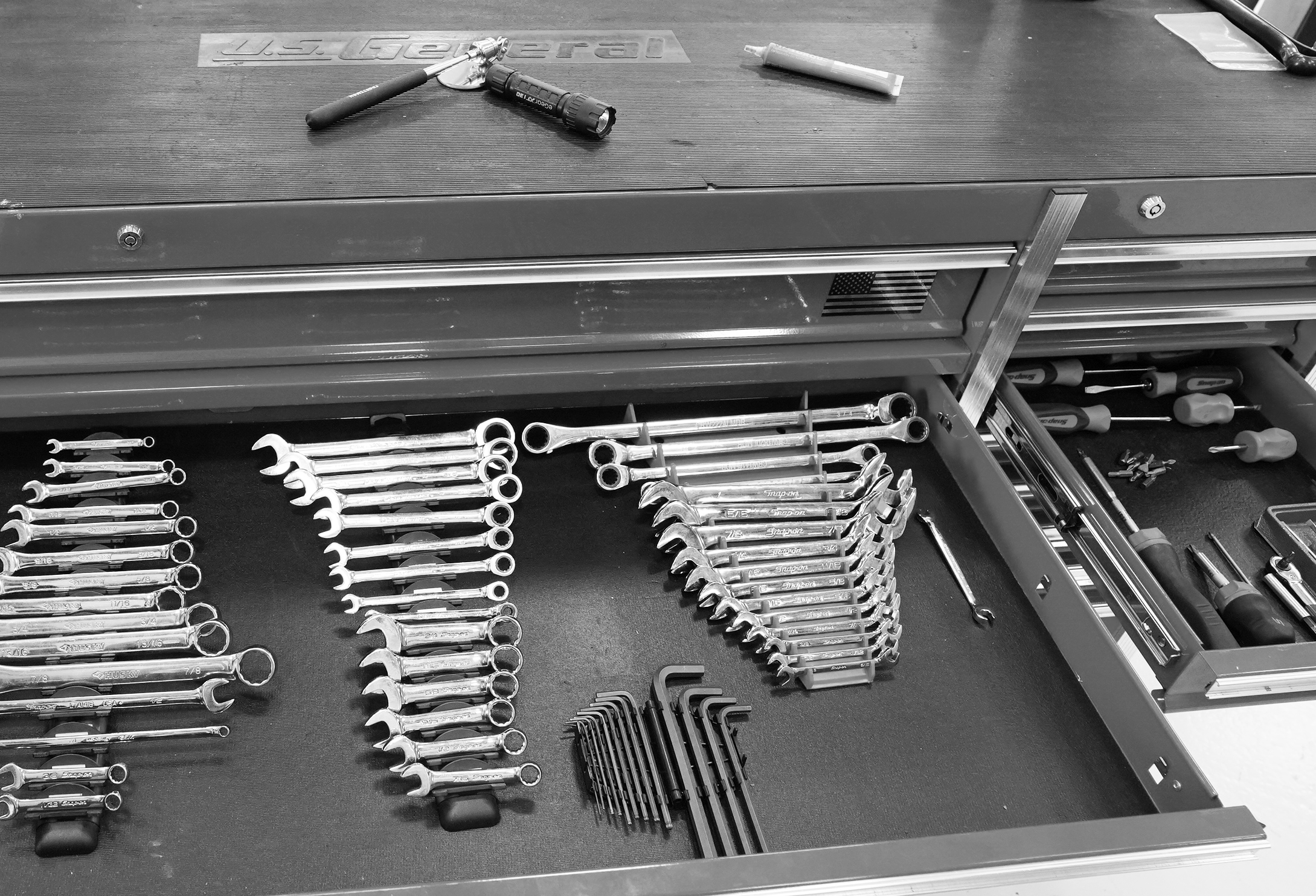|
Aug
26
2022
|
|
Posted 3 years 119 days ago ago by Admin
|
|

My first encounter with helicopter maintenance was just after separating from the U.S. Air Force. I was attending Alabama Aviation and Technical College and my instructor helped me land a job at Fort Rucker maintaining U.S. Army helicopters. It was love at first sight and that love for helicopters is still strong today. Thinking back on the countless ways helicopters have shaped my professional belief system, I am reminded of the everyday obsession I have with tool control. You see, in the Air Force I had to check-out and check- in my toolbox every day. Every time I removed a tool a numbered chit went in that empty spot and stayed there until the tool was returned to its proper place. My chit number is still committed to memory after all these years. Tool accountability was then—and is now—a big deal.
There was a time while working at Fort Rucker that an OH-58 came back from an engine deck modification and a screwdriver was found under the engine throttle cable. That was the first time I personally found a tool on an aircraft. I wish I could say it was my last, but since then, I have found a pair of needle-nose pliers, a scratch awl, and an inspection mirror. The mirror was under the pilot seat on top of the cyclic controls. Fortunately, these items were found before dangerous circumstances occurred. That was not the case for my friend, Chris, who found his throttle stuck while flying a small helicopter. After managing to land somewhat safely, Chris discovered a flashlight wedged under the throttle. Happily, that flight ended with no catastrophic loss, but not every situation ends on a positive note.
How do we mitigate the risk of lost tools? I believe tool control begins and ends with the mechanic. A mechanic should operate with their own personal minimum in the workspace at the aircraft. Have checks and balances and a clear understanding that tool control is key when it comes to a safe machine. Tool control is the mechanic’s responsibility. If you work in a shop or repair station, you should have a stringent company tool control policy and procedure to follow and if not, you must develop your own.
It is not uncommon nowadays for companies to require shadowing of toolboxes. This is a great first step. But I also suggest an inventory of the box drawer by drawer that includes a photo image of the drawer. Do not forget to update the inventory list and photo when new purchases are made.
Another helpful idea would be to use a product like GRYPMAT or GECKO GRIP when working the aircraft. These type of products allow you to keep your working tools in one place and not scattered on the aircraft.
When a tool is not accounted for, cease all work until it is found or determined not to be a safety factor. There are many ways to make tool accountability clear and concise. One suggestion would be to have a lost and found tool report and checklist.
Remember, our goal every day is for everyone to go home safely. As mechanics we juggle and balance various situations throughout the day, but tool accountability must always be a top priority.
Have a place for every tool and every tool in its place.
About the author: Mark dedicated the majority of his career serving the helicopter EMS community from Base Mechanic to Director of Maintenance. As Vice President & General Manager of Precision Aircraft Services, Mark now serves helicopter operators from many sectors to include Air Ambulance, Law Enforcement, Private Owners, etc. When not at work, Mark can be found spending time with his family or sitting in a tree stand.
READ MORE ROTOR PRO: https://justhelicopters.com/Magazine
WATCH ROTOR PRO YOUTUBE CHANNEL: https://buff.ly/3Md0T3y
You can also find us on
Instagram - https://www.instagram.com/rotorpro1
Facebook - https://www.facebook.com/rotorpro1
Twitter - https://twitter.com/justhelicopters
LinkedIn - https://www.linkedin.com/company/rotorpro1